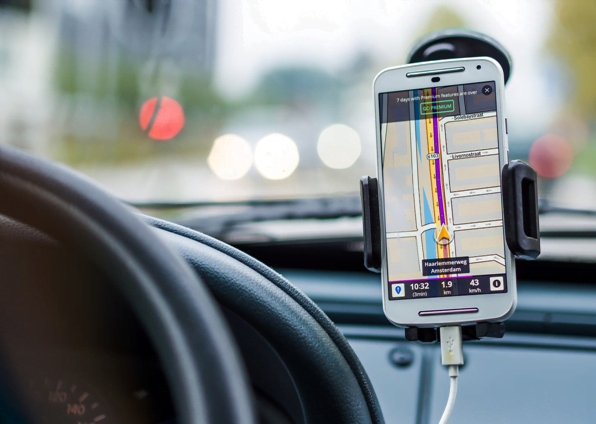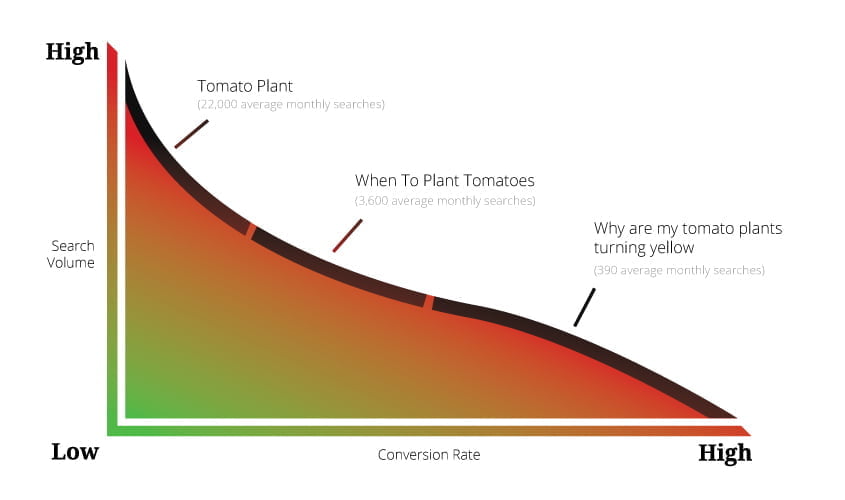Car Dealership Website Optimization for Search Traffic – 7 Easy to Implement Tips
by Mashum Mollah Technology Published on: 05 June 2020 Last Updated on: 18 June 2021

Whether you’re a national car dealer or a small, independent car dealer, chances are, at some point, you’ll need to focus on improving the visibility of your website to attract new potential customers.
If you’re willing to dig in and do the hard work it requires to get your website optimized, then here are tips to get you started.
Getting your car dealership noticed on search engines can help you drive queries and ultimately improve your sales. In the following sections, we will look at the seven top tips to help your car dealership ace the search rankings. We will look at how maps and the ones successfully employed by Chad Kimball google maps have been able to help set up great businesses and drive immense sales queries.
Here is Car Dealership Website Optimization for Search Traffic – 7 Easy to Implement Tips:
1. Use Long-Tail Keywords:

Your choice of keywords can make the difference between remaining in organic search oblivion and rising to prominence. Choose your keywords strategically. Go for long-tail keywords such as “2018 Jeep Grand Cherokee Trackhawk SUV features”. Long-tail keywords are easier to rank forthan short keywords such as “Jeep SUVs”.
Ensure the keywords you select…
- Have a decent search volume
- Are not too competitive
- Can directly or indirectly lead to sales
It goes without saying that you should choose keyword phrases that your potential car buyers actually use to search for the cars and services that your dealership offers.
2. Focus on Local Keywords
Keeping a local focus on your keyword is key to effective car dealer SEO and optimizing your car dealership website. If your dealership is in City A, it doesn’t make sense to be the #1 ranking website in City B. By all means, you should try to rank high in City A.
This all boils down to targeting local keywords. So, use keywords that are specific to your locality such as “Jeep SUVs for sale in London” and make sure your car dealership website ranks high for these keywords.
Read more: Five Local SEO Tips For Small Business Owners
3. Keep Your NAP Consistent
Ensuring that your name, address, phone number (NAP), and URL are consistent across the Internet is an important step, as consistency is a trust signal for search engines.
It is critical that your business name, address, and telephone number are clearly shown in your location pages. To optimize it, use the NAP schema markup.
In addition, use Google Maps to identify your place and integrate with your GMB (Google My Business) company’ page.
4. Give Your Car Dealership Website Visual Power
Human beings are visual creatures — we take in and process huge amounts of visual data daily. We depend on it to make sense of our world. Research shows that visuals are the biggest influencer in buying decisions.
Images and videos can make your website come alive. ClickHereDigital.com, a car advertising agency, suggests that you optimize visuals on your car dealership website by enhancing photo quality, replacing stock images with shots of that particular vehicle, and providing all the pictures you can.
5. Create Great Mobile User Experience

Mobile traffic has officially outgrown desktop traffic. So, chances are there is a large proportion of mobile visitors on your website.
Unfortunately, as automotive websites are large and complicated, they tend to get relatively less updated. This means that many dealerships have a five- or ten-year-old website built for desktop users, with little thought given to the experience of mobile users.
With so many people using either mobile or tablets nowadays, that’s causing real problems. If a website is not designed for a smartphone browser, most users leave to search for another, more mobile website.
Though mobile optimization can be a huge challenge, it’s not hard to get the basics right. Make sure your website is responsive or has a mobile version of it, use relative units for elements and type, minimize image sizes, etc.
6. Put Yourself in the Shoes of Car Shopper
In the end, Google wants the most relevant information to be delivered to users as efficiently as possible. The end goal of search engines is to streamline the user experience for the web surfer by serving them with the most relevant and useful search results.
That is why optimizing your website for crawlers is essential, yes, but ultimately, it’s all about the user. Think about the purchase journey of the auto shopper and the micro-moments leading to a sale. It’s important to align your website content with those moments.
7. Implement Internal Linking

Articles or blogs specific to the business and services can be written daily. And any of your articles can co-relate, this is where internal linking comes in. It’s a handy way to improve your website’s linking structure, thus securing overall SEO points.
When you link one article to other related articles, it increases the possibility of getting more views. This increases your chances of converting a prospective customer into a paying client.
At the same time, when it comes to increasing the overall authority of your platform, internal linking is crucial.
Final Thoughts
Website optimization, like most tasks in search marketing, is a constant investment of time, money, and energy. It is critical that both on-site and off-site components work together to strengthen your local car dealership website optimization and eventually generate further inquiries/sales from potential local customers. Applying and tracking the tips listed in this article is a good starting point.
Read Also:







































































































